I'm trying to develop a way of breaking down S3 by which users/projects using CloudTrail. Does CloudTrail offer the ability to see which IAM user uploaded a a particular object to a bucket?
UPDATE:
I have a CloudTrail turned on that monitors object-level activities (for all s3 buckets, including read and write activities), however, when I try to list "PutObject" events in my update above, it doesn't work (i.e. the list of events comes up blank).
ct_client = boto3.client('cloudtrail')
response = ct_client.lookup_events(
LookupAttributes=[
{
'AttributeKey': 'EventName',
'AttributeValue': 'PutObject'
}],
StartTime=datetime(2018, 3, 1),
EndTime=datetime.now(),
MaxResults=50
)
UPDATE 2
Images of my bucket properties and CloudTrail in the console:

